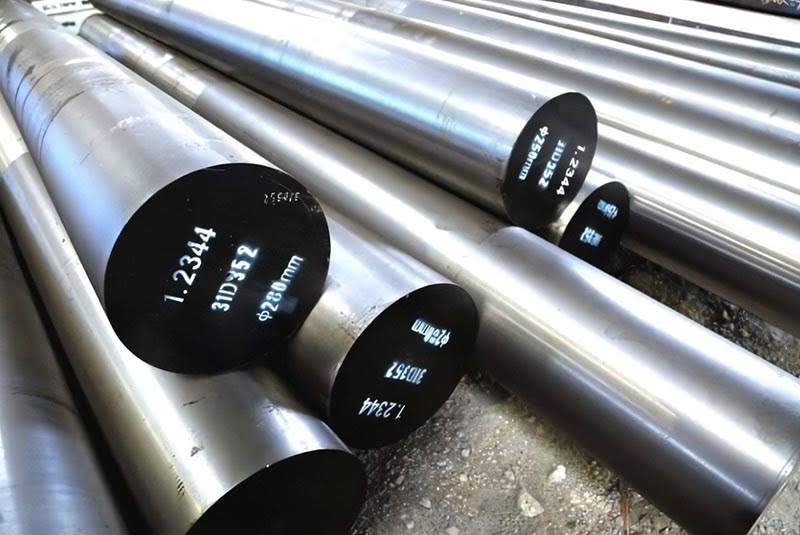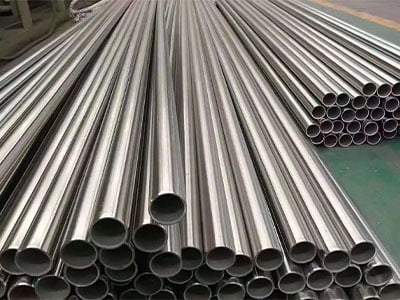Welcome to My Blog!
Before we dive into the content, I’d love for you to join me on my social media platforms where I share more insights, engage with the community, and post updates. Here’s how you can connect with me:
Facebook:https://www.facebook.com/profile.php?id=100085401406977
LinkedIn:https://www.linkedin.com/showcase/102680001/admin/dashboard/
Now, let’s get started on our journey together. I hope you find the content here insightful, engaging, and valuable.
Introduction
1045 steel, a high-carbon steel, is renowned for its versatility and range of applications in engineering. Known for its balance between strength, hardness, and machinability, 1045 steel is frequently used in the production of components that require high strength and durability. This blog delves into the properties of 1045 steel, exploring its characteristics, benefits, and applications to help engineers and manufacturers make informed decisions.
Key Properties of 1045 Steel

Chemical Composition of 1045 Steel
Overview of Chemical Composition
1045 steel is an alloy steel that primarily consists of carbon and iron, with carbon being the main alloying element. Its chemical composition influences its mechanical properties and suitability for various applications.
Typical Composition:
- Carbon (C): 0.43% to 0.50%
- Manganese (Mn): 0.60% to 0.90%
- Silicon (Si): 0.10% to 0.35%
- Phosphorus (P): ≤ 0.040%
- Sulfur (S): ≤ 0.050%
Impact of Composition on Properties
- Carbon Content: The higher carbon content in 1045 steel contributes to its strength and hardness. However, it may also reduce ductility and weldability.
- Manganese: Enhances hardness and strength while improving machinability.
- Silicon: Provides better mechanical properties and resistance to oxidation.
Mechanical Properties of 1045 Steel
Strength and Hardness
1045 steel is valued for its excellent balance of strength and hardness. These properties make it suitable for a wide range of engineering applications.
Key Mechanical Properties:
- Tensile Strength: Approximately 570-700 MPa
- Yield Strength: Around 350 MPa
- Hardness: Typically ranges between 190 to 255 HB (Brinell Hardness)
Ductility and Toughness
While 1045 steel offers good strength, it also provides reasonable ductility and toughness. This balance is crucial for components subjected to both static and dynamic loads.
Considerations:
- Ductility: Allows the steel to deform under stress without fracturing.
- Toughness: Ensures resistance to impact and sudden forces.
Heat Treatment of 1045 Steel
Hardening and Tempering
Heat treatment is essential for enhancing the mechanical properties of 1045 steel. The processes of hardening and tempering improve strength and hardness while maintaining adequate toughness.
Heat Treatment Processes:
- Annealing: Softens the steel, making it easier to machine.
- Quenching and Tempering: Increases hardness and strength while reducing brittleness. Typical tempering temperatures range from 150°C to 650°C, depending on the desired properties.
Impact on Properties
- Hardening: Increases hardness but may reduce ductility.
- Tempering: Balances hardness and toughness, improving overall performance.
Weldability and Machinability
Welding 1045 Steel
1045 steel can be welded, but it requires proper techniques and pre-heating to prevent cracking and ensure strong welds. The high carbon content makes it more susceptible to welding-related issues compared to lower-carbon steels.
Welding Tips:
- Pre-Heat: Heating the steel before welding can reduce the risk of cracking.
- Post-Weld Heat Treatment: Helps to relieve stresses and enhance the weld quality.
Machinability
1045 steel is known for its good machinability, making it suitable for machining operations. Its properties allow for efficient cutting and shaping, but tool wear may be higher compared to softer steels.
Machining Considerations:
- Cutting Tools: Use high-quality tools to handle the hardness of the steel.
- Speeds and Feeds: Optimize machining parameters to extend tool life and achieve desired surface finish.
Applications of 1045 Steel

Common Uses in Engineering
1045 steel is widely used in various engineering applications due to its mechanical properties and versatility. It is employed in the production of components that require a combination of strength, toughness, and machinability.
Typical Applications:
- Mechanical Components: Shafts, gears, and bolts.
- Structural Parts: Support beams and brackets.
- Automotive Parts: Crankshafts and camshafts.
Benefits for Specific Applications
- Strength: Suitable for applications requiring high strength and load-bearing capacity.
- Machinability: Ideal for components that need precise machining and shaping.
Table: Comparison of Key Properties of 1045 Steel
| Property | Value | Description | Impact on Applications |
|---|---|---|---|
| Carbon Content | 0.43% to 0.50% | Determines strength and hardness | Higher strength but reduced ductility |
| Manganese Content | 0.60% to 0.90% | Enhances hardness and machinability | Improved strength and machinability |
| Tensile Strength | 570-700 MPa | Measure of maximum stress before failure | Indicates strength and load capacity |
| Yield Strength | ~350 MPa | Stress at which permanent deformation starts | Reflects material’s ability to resist deformation |
| Hardness | 190-255 HB | Resistance to indentation | Affects wear resistance and durability |
| Ductility | Moderate | Ability to deform without fracturing | Ensures component reliability under stress |
Conclusion
1045 steel offers a valuable combination of strength, hardness, and machinability, making it a preferred choice for many engineering applications. Understanding its properties, including chemical composition, mechanical characteristics, heat treatment processes, and welding capabilities, is essential for utilizing this material effectively. By leveraging the unique attributes of 1045 steel, engineers and manufacturers can produce components that meet specific performance requirements and enhance overall functionality.
FAQs
What is the main advantage of using 1045 steel in engineering applications?
The main advantage of 1045 steel is its balanced combination of strength, hardness, and machinability. This makes it suitable for a variety of applications where durability and performance are required, such as in mechanical components and structural parts.
How does the carbon content in 1045 steel affect its properties?
The carbon content in 1045 steel significantly influences its hardness and strength. Higher carbon content enhances these properties but can also reduce ductility and weldability. It’s essential to balance carbon content based on the specific requirements of the application.
What is the recommended heat treatment process for 1045 steel to achieve optimal hardness?
The recommended heat treatment process for achieving optimal hardness in 1045 steel involves quenching and tempering. After heating the steel to the austenitizing temperature, quenching in oil followed by tempering at appropriate temperatures enhances hardness while improving toughness.
Can 1045 steel be welded, and if so, what precautions should be taken?
Yes, 1045 steel can be welded, but it requires proper techniques to avoid issues such as cracking. Pre-heating the steel before welding and performing post-weld heat treatment are crucial to achieving strong welds and preventing defects.
What are some typical applications of 1045 steel in the automotive industry?
In the automotive industry, 1045 steel is commonly used for components such as crankshafts and camshafts. Its strength and machinability make it ideal for parts that experience high loads and require precise machining.
